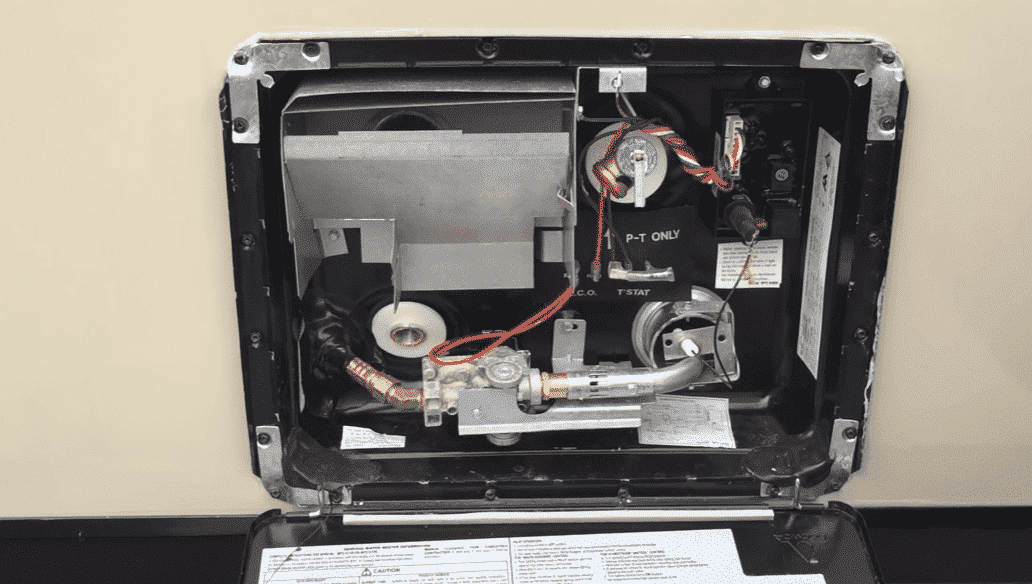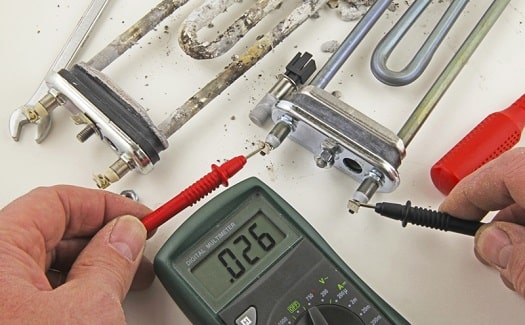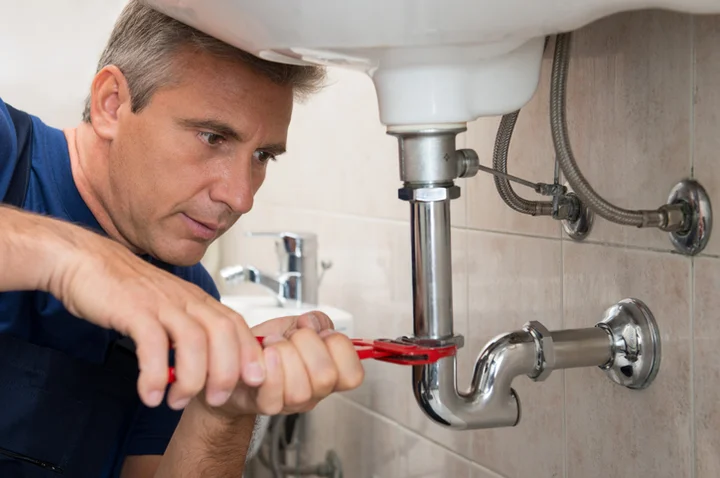If your kitchen sink suddenly has no water pressure, the first thing you should check is the aerator. The aerator is a small mesh screen that is attached to the end of your faucet. Its purpose is to mix air with the water to create a smooth, consistent flow. Over time, mineral deposits and debris can build up in the aerator, causing a blockage that restricts water flow. To fix this, simply unscrew the aerator and clean it out with a brush and some vinegar. This should improve the water pressure immediately.1. Check the aerator
If the aerator is not the issue, the next step is to check the water supply. Make sure that the main water supply valve is fully open and that there are no obstructions in the pipes leading to your kitchen sink. If you recently had any plumbing work done, it's possible that a valve was accidentally closed, causing a decrease in water pressure. If this is the case, simply open the valve to restore the water pressure.2. Check the water supply
If your kitchen sink has separate hot and cold water shut-off valves, make sure they are both fully open. Sometimes, these valves can become partially closed, causing a decrease in water pressure. You can also try turning them off and on again to see if that helps improve the water pressure.3. Check the shut-off valves
The water pressure regulator is a valve that controls the overall water pressure in your home. If this valve is not functioning properly, it can cause low water pressure in your kitchen sink. You can check the water pressure by attaching a pressure gauge to an outdoor spigot. If the pressure is below 40-45 psi, it's possible that the regulator needs to be adjusted or replaced. This is a job best left to a professional plumber.4. Check the water pressure regulator
If your kitchen sink has a single handle faucet, the problem could lie in the faucet cartridge. The cartridge controls the flow and temperature of the water. Over time, it can become worn or clogged with sediment, causing a decrease in water pressure. You can try cleaning or replacing the faucet cartridge to see if it improves the water pressure.5. Check the faucet cartridge
If your kitchen sink has a built-in water filter, it's important to regularly change it according to the manufacturer's instructions. A clogged or dirty water filter can greatly decrease water pressure. If you haven't changed the filter in a while, try replacing it to see if that improves the water pressure.6. Check the water filter
If none of the above solutions have helped, it's possible that there is a clog in the pipes leading to your kitchen sink. This can be caused by a build-up of grease, food particles, or mineral deposits. You can try using a plunger or drain snake to clear the clog, but if that doesn't work, it's best to call a plumber for professional help.7. Check the pipes for clogs
If your kitchen sink has low hot water pressure, the issue could be with your water heater. Sediment can build up in the tank over time, causing a decrease in water pressure. You can try flushing the water heater to remove the sediment, but if that doesn't work, it's best to call a professional plumber to service the water heater.8. Check the water heater
If you recently had any plumbing work done in your home, it's possible that a connection was not properly tightened, causing a decrease in water pressure. Check all the connections under your kitchen sink to make sure they are secure. If you find any loose connections, tighten them with a wrench.9. Check the plumbing connections
If you've tried all of the above solutions and your kitchen sink still has no water pressure, it's time to call a professional plumber for help. They will have the knowledge and tools to diagnose and fix the issue, ensuring that your kitchen sink has proper water pressure once again. In conclusion, a lack of water pressure in your kitchen sink can be caused by a variety of factors. By following the steps outlined above, you can troubleshoot and fix the issue yourself. However, if the problem persists, it's best to call a plumber for professional help. Don't let low water pressure disrupt your daily tasks – address the issue promptly to ensure a fully functioning kitchen sink.10. Call a plumber for professional help
Why Does Your Kitchen Sink Have No Water Pressure?

Possible Causes of Low Water Pressure
 If you've noticed that your kitchen sink is not providing the usual strong and steady stream of water, there could be several reasons behind it. One of the most common causes of low water pressure in a kitchen sink is a clogged aerator. This is a small screen located at the tip of the faucet that helps to regulate the flow of water. Over time, minerals and debris can build up in the aerator, causing a blockage that restricts the water flow. Another possible cause could be a problem with your pipes, such as a leak or corrosion. Additionally, if you have old or outdated plumbing, it could also contribute to low water pressure in your kitchen sink.
If you've noticed that your kitchen sink is not providing the usual strong and steady stream of water, there could be several reasons behind it. One of the most common causes of low water pressure in a kitchen sink is a clogged aerator. This is a small screen located at the tip of the faucet that helps to regulate the flow of water. Over time, minerals and debris can build up in the aerator, causing a blockage that restricts the water flow. Another possible cause could be a problem with your pipes, such as a leak or corrosion. Additionally, if you have old or outdated plumbing, it could also contribute to low water pressure in your kitchen sink.
How to Fix Low Water Pressure in Your Kitchen Sink
 Before attempting to fix the issue, it's important to determine the exact cause of low water pressure in your kitchen sink. If the problem is with a clogged aerator, you can easily remove it and clean it with a vinegar solution to remove any buildup. If the issue is with your pipes, it's best to call a professional plumber who can assess and repair any leaks or corrosion. In some cases, replacing old plumbing may be necessary to improve water pressure. It's also a good idea to regularly check and replace any worn-out parts, such as washers or seals, to prevent future issues with water pressure.
Before attempting to fix the issue, it's important to determine the exact cause of low water pressure in your kitchen sink. If the problem is with a clogged aerator, you can easily remove it and clean it with a vinegar solution to remove any buildup. If the issue is with your pipes, it's best to call a professional plumber who can assess and repair any leaks or corrosion. In some cases, replacing old plumbing may be necessary to improve water pressure. It's also a good idea to regularly check and replace any worn-out parts, such as washers or seals, to prevent future issues with water pressure.
Preventing Low Water Pressure in Your Kitchen Sink
 To avoid experiencing low water pressure in your kitchen sink, there are a few preventative measures you can take. Regularly cleaning your aerator and replacing worn-out parts can help to maintain good water pressure. You can also install a water pressure regulator, which will help to control and maintain the pressure throughout your home. Additionally, upgrading to more efficient plumbing fixtures can also improve water pressure and save you money on your water bill.
In conclusion, if you're facing the frustrating problem of low water pressure in your kitchen sink, it's important to identify the root cause and take the necessary steps to address it. Whether it's a simple fix like cleaning your aerator or a more complex issue with your plumbing, maintaining good water pressure in your kitchen sink is essential for a functional and enjoyable space.
To avoid experiencing low water pressure in your kitchen sink, there are a few preventative measures you can take. Regularly cleaning your aerator and replacing worn-out parts can help to maintain good water pressure. You can also install a water pressure regulator, which will help to control and maintain the pressure throughout your home. Additionally, upgrading to more efficient plumbing fixtures can also improve water pressure and save you money on your water bill.
In conclusion, if you're facing the frustrating problem of low water pressure in your kitchen sink, it's important to identify the root cause and take the necessary steps to address it. Whether it's a simple fix like cleaning your aerator or a more complex issue with your plumbing, maintaining good water pressure in your kitchen sink is essential for a functional and enjoyable space.



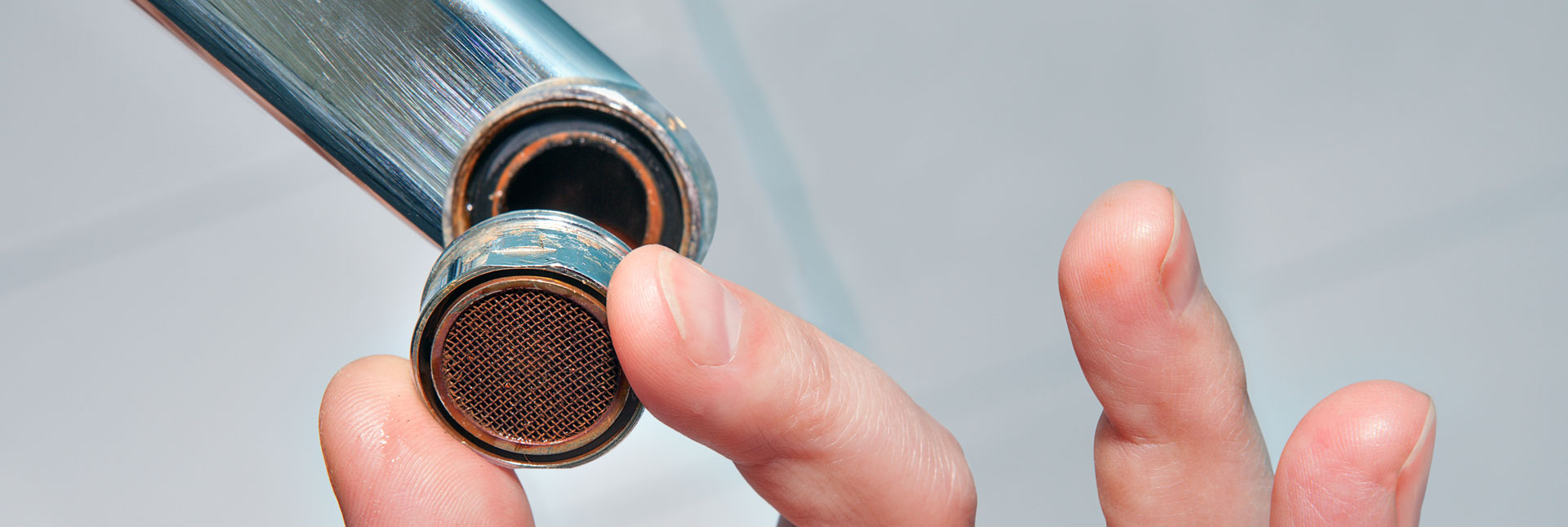
:max_bytes(150000):strip_icc()/CompleteAerator-3e947443dd424faeb92a9c9c0a45d8dd.jpg)
:max_bytes(150000):strip_icc()/RemovingAeratorAssembly-99881d30169b43cebc3fe72f6d4b25b9.jpg)
:max_bytes(150000):strip_icc()/InstallRemoveAerator2-f30bbe2fb3514b7aa88f8b1fcb504a6e.jpg)

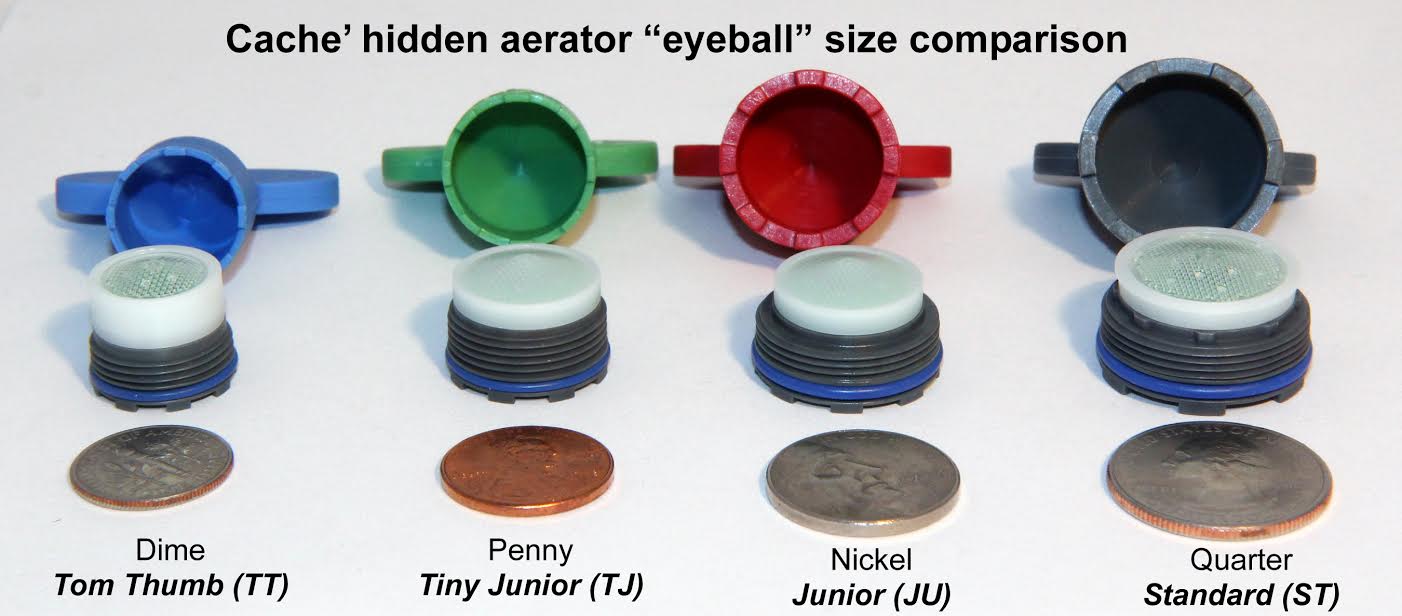




















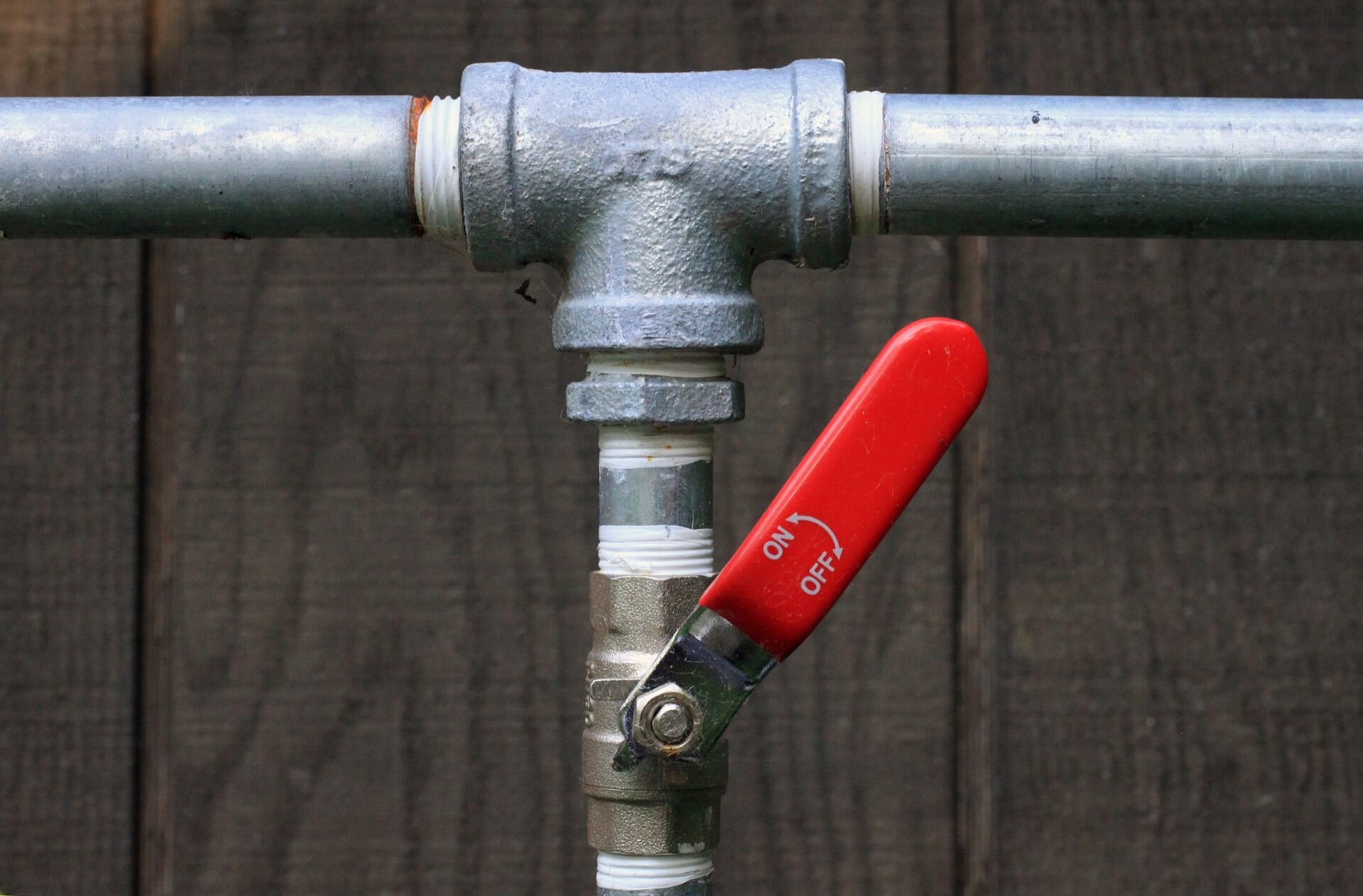







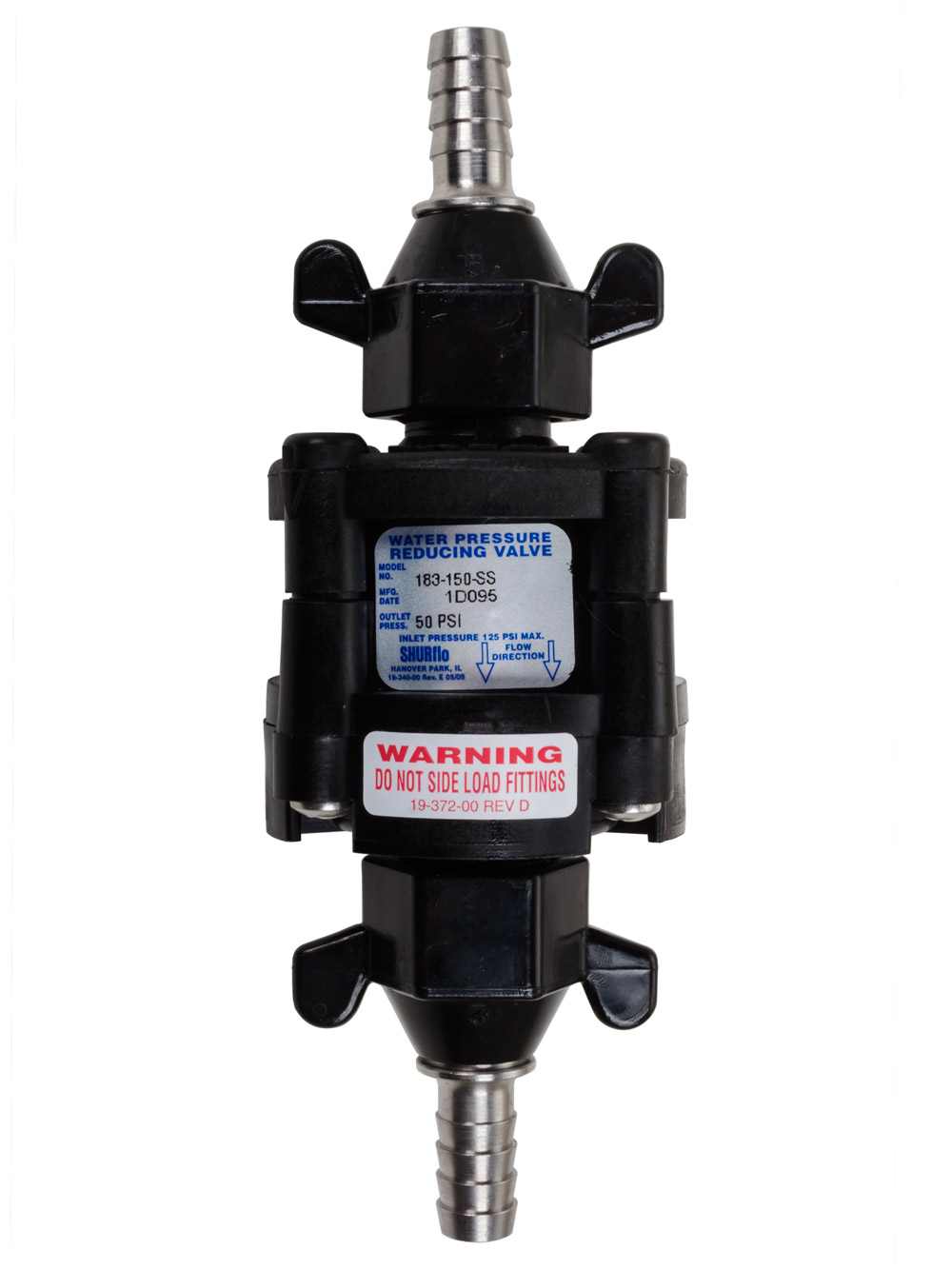


:max_bytes(150000):strip_icc()/the-men-s-hand-opens-the-ball-valve-on-the-collector-1006810456-5c5fc73fc9e77c000159c4af.jpg)





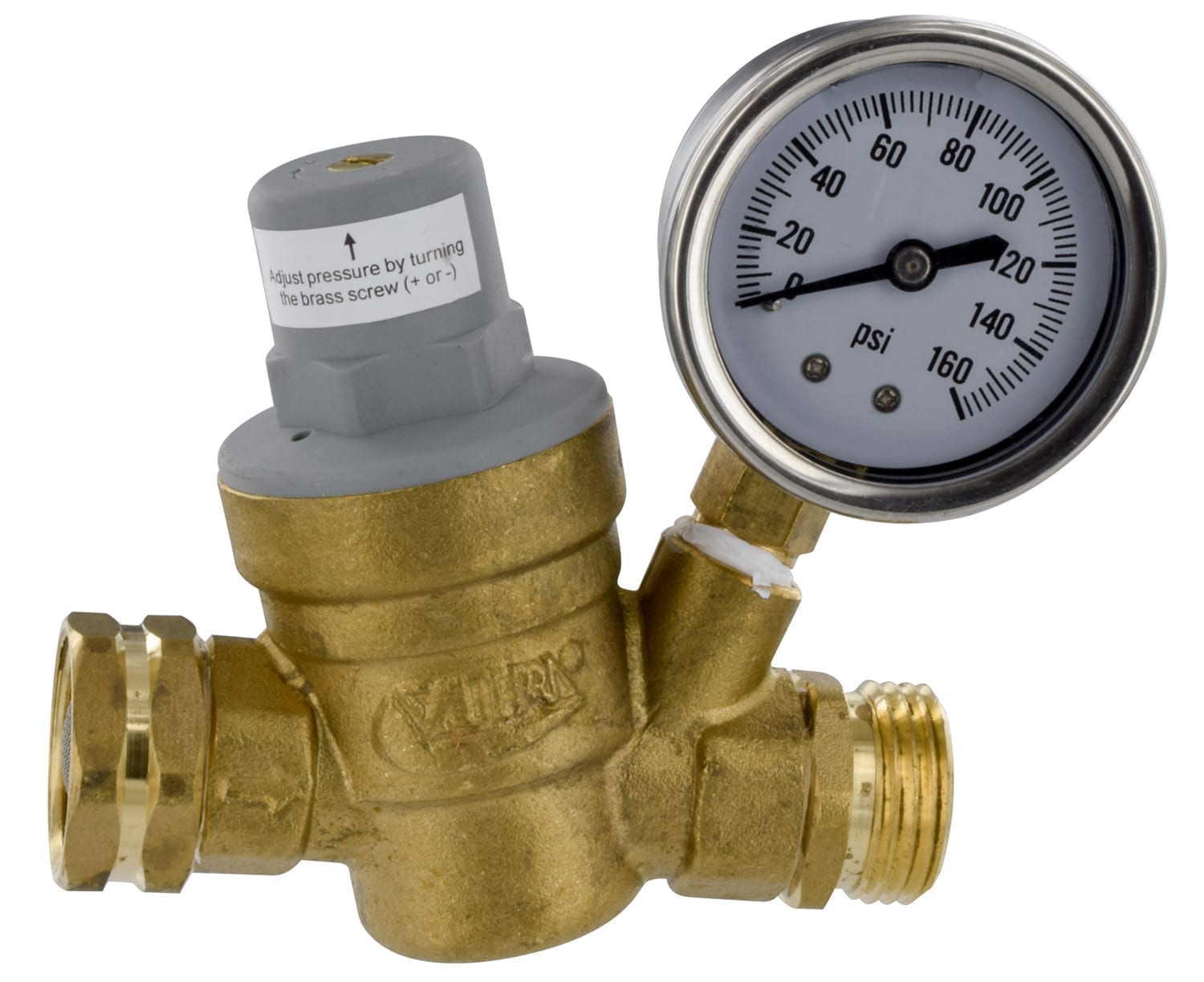

:max_bytes(150000):strip_icc()/testing-water-pressure-in-your-home-2718692-04-c37ab3236d0d4b61b87079ebf9ef823e.jpg)
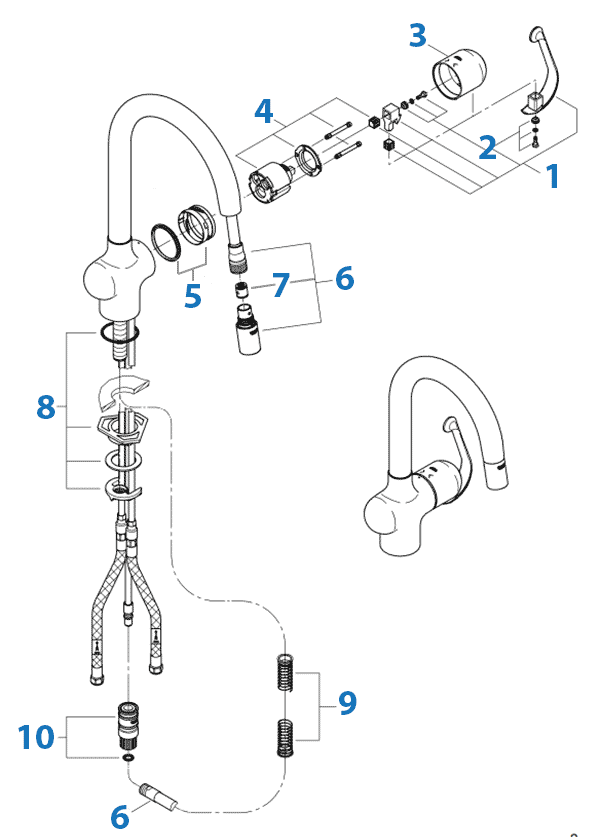






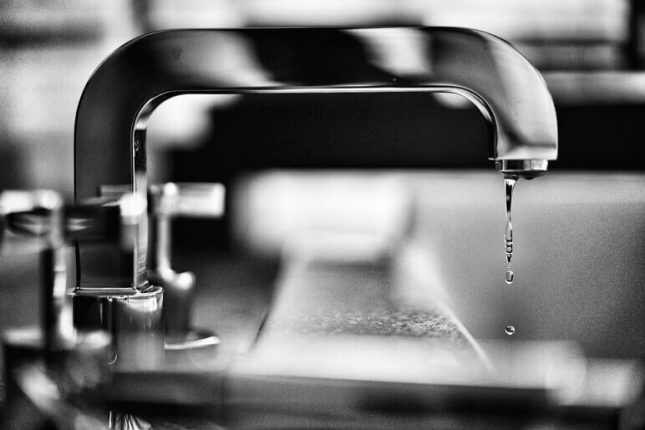











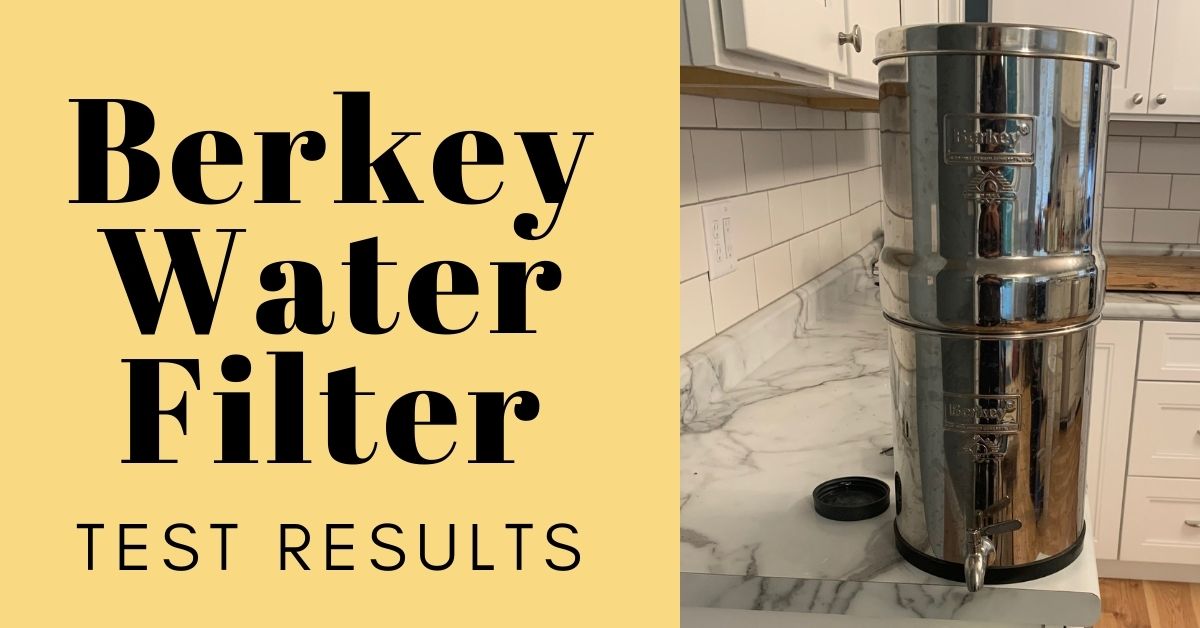
/cdn.vox-cdn.com/uploads/chorus_image/image/63879746/WaterFilter_2.0.jpg)


















